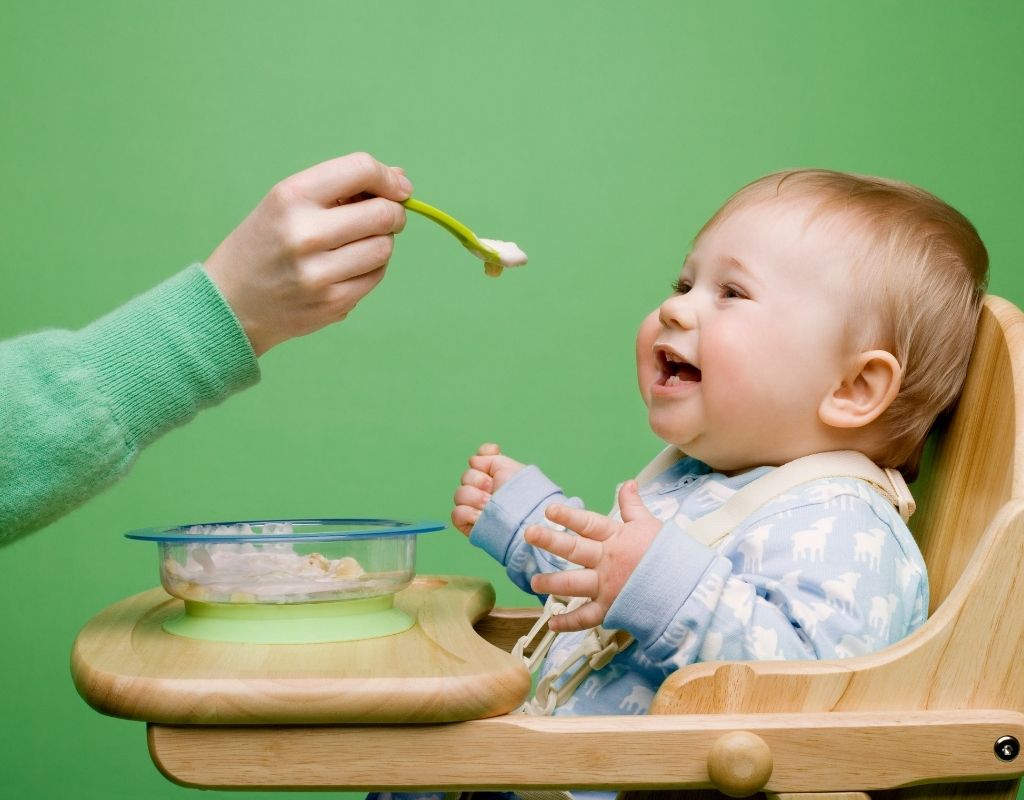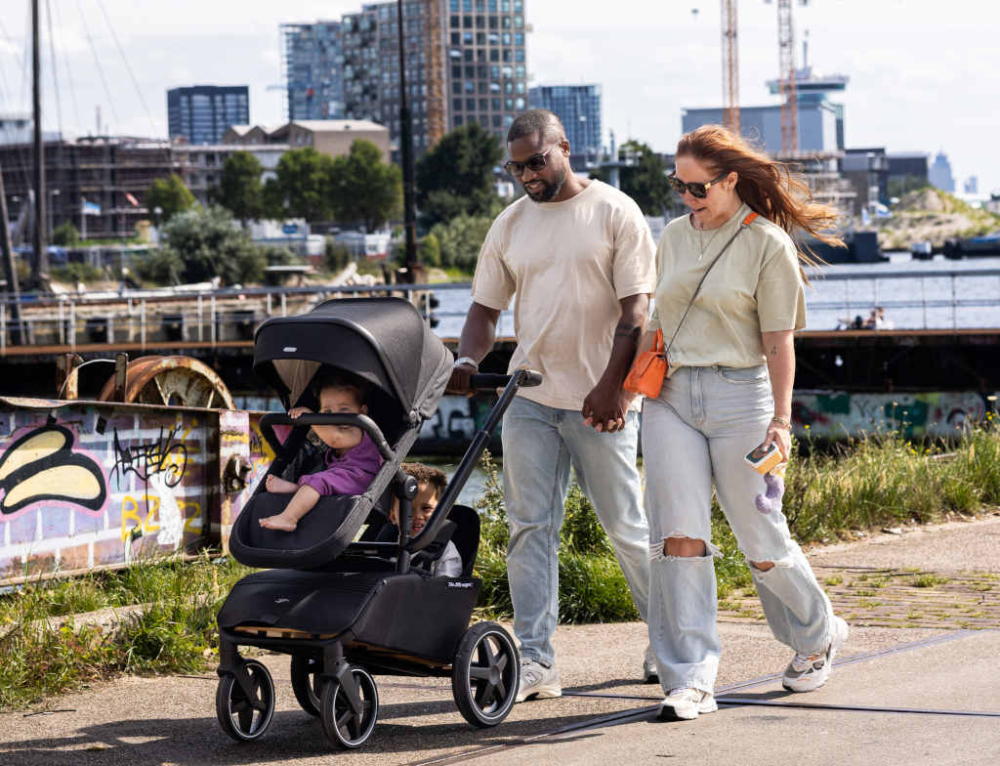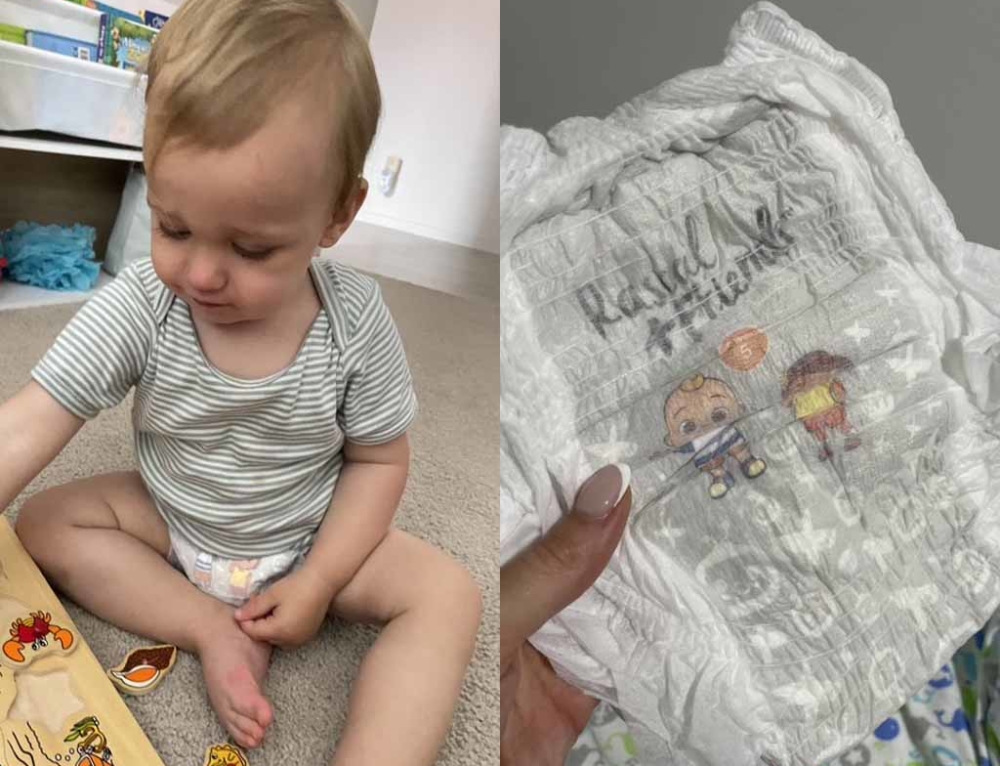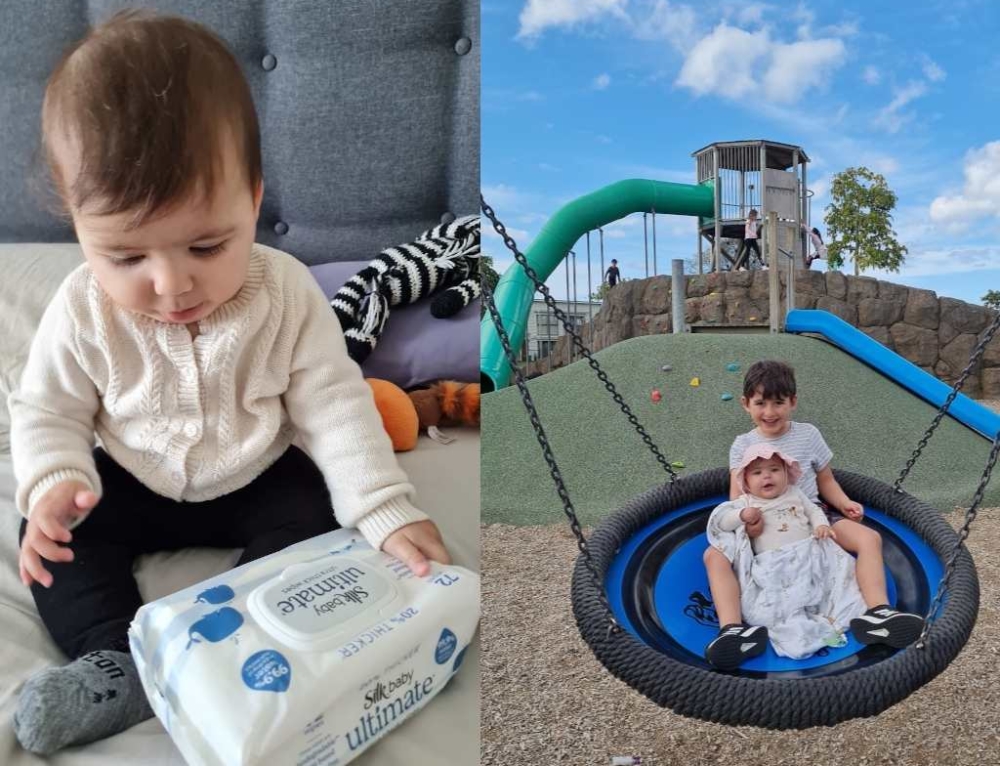Your baby’s inevitable weaning begins the day she takes her first mouthful of rice cereal. Sooner or later every breast-fed baby gives up feeding and moves to a diet of solid food and additional fluids.
Ideally, weaning happens gradually at a pace that both mother and baby feel comfortable with. However, occasionally, weaning is sudden and unexpected as a result of illness (of you or your baby) or breast refusal. Weaning can be an emotional period – even if it’s what you want to do.
When should I begin weaning?
- Every day you breastfeed is beneficial to your baby, so the longer you breastfeed the better it is for her.
- The World Health Organisation recommends that you breastfeed exclusively for the first six months, and then continue to breastfeed for 2 years or more as you add solid food to her diet.
- In Australia it is common to begin gradual weaning during the second six months as solid food is introduced, with the aim to wean completely some time around your baby’s first birthday.
- Others choose to let weaning be led by their baby, which results in feeding until the toddler years.
- Whatever approach you take to weaning, it’s always best to gradually to allow your body and your baby to adjust to any changes.
REMEMBER!
Make sure that as you wean, you replace the one-on-one time you had with your baby during breastfeeding, with other time that you can spend cuddling and being physically close.
How do I wean my baby?
- You will need to replace breastfeeds with infant formula if you wean your baby before she is 12 months.
- Switch one breastfeed a day with a bottle feed – it’s a good idea to choose the feed that your baby is the least interested in.
- Once your baby is comfortable with this routine, start replacing another feed (initially, try to keep a breastfeed between the replaced feeds so that your breasts don’t become too uncomfortable).
- Slowly switch each feed until you are no longer breastfeeding. Many mothers continue with one feed a day – the first or last of the day – for some time until their milk supply naturally dwindles.
- Make sure you check your breasts for lumps as you wean. Try to avoid expressing because this will increase your supply.
- If your baby is happily eating solids already, you may choose to wean to a cup rather than a bottle.
If your baby won’t take a bottle from you:
- Ask your partner to offer the bottle while you’re not present.
- Try offering a bottle when she’s sleepy.
- Offer a cup instead.
Kidspot is dedicated to the promotion of breastfeeding as the best possible start in life for babies as well as being good for the health and wellbeing of mothers.
The World Health Organization recommends that infants start breastfeeding within one hour of life, are exclusively breastfed for six months, with timely introduction of adequate, safe and properly fed complementary foods while continuing breastfeeding for up to two years of age or beyond. Source: http://www.who.int/nutrition/topics/infantfeeding/en/
Breastfeeding provides babies with the best nutrition and is preferred whenever possible. Good maternal nutrition is ideal for breastfeeding. You should be aware that reversing a decision not to breastfeed may prove difficult. Partially introducing formula could negatively affect your milk supply. Social and financial implications should be considered when selecting a method of feeding. Professional advice should be followed before using an infant formula. Proper use of an infant formula is important to the health of the infant and should only be used as directed.
If you’re worried about breastfeeding, your Well Child nurse or PlunketLine can help.
This article was written by Ella Walsh for Kidspot – New Zealand’s parenting resource for newborns and baby. Sources include SA Government’s Parenting and Child Health.







Leave A Comment
You must be logged in to post a comment.